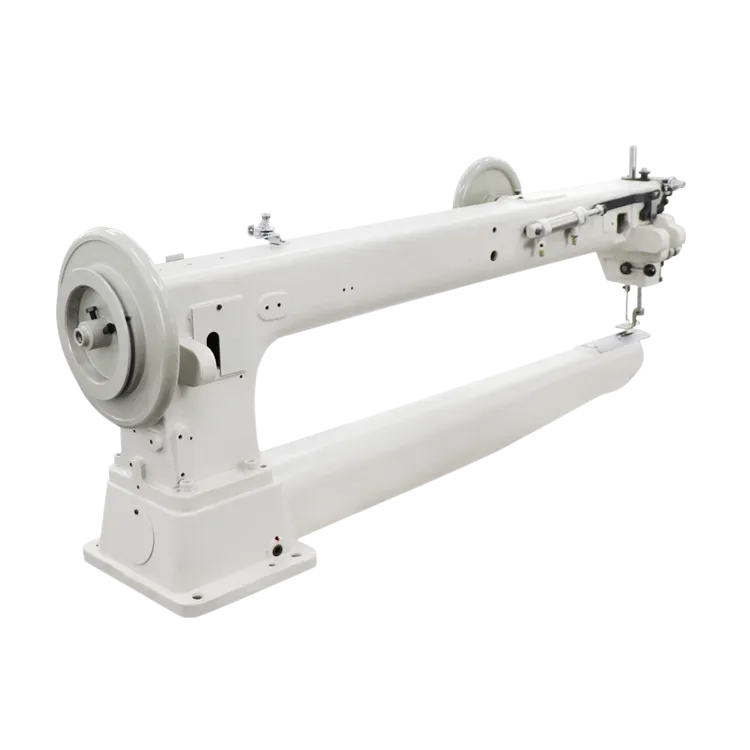sewing auto upholstery
The Art of Sewing Auto Upholstery A Comprehensive Guide
Sewing auto upholstery is an essential skill for both professional upholsterers and DIY enthusiasts. Whether you are restoring a classic car, customizing a modern vehicle, or simply repairing worn-out seats, understanding the techniques, materials, and tools involved in auto upholstery can transform the way your car looks and feels. In this article, we will explore the art of sewing auto upholstery, including the necessary tools, tips for success, and considerations for different types of vehicles.
Understanding Auto Upholstery
Auto upholstery involves the design, installation, and repair of interior surfaces in vehicles. This includes seats, door panels, headliners, and even the dashboard. Not only does good upholstery enhance the aesthetic appeal of a car, but it also plays a crucial role in comfort and longevity. A well-upholstered interior can significantly enhance the driving experience and even affect resale value.
Essential Tools for Upholstery
Before diving into the sewing aspect, it's important to gather the necessary tools. Here’s a basic list
1. Sewing Machine A heavy-duty sewing machine designed for upholstery fabrics is critical. Look for machines that can handle multiple layers of thick material and have walking foot capabilities.
2. Upholstery Fabric Selection of the right fabric is vital. Options include vinyl, leather, fabric blends, and specialized automotive upholstery materials that are durable and easy to clean.
3. Thread Use strong, UV-resistant thread to prevent fading and breakage. Nylon or polyester threads are common choices for auto upholstery.
5. Tools for Measurement Measurements are crucial for a perfect fit. A measuring tape, right-angle rulers, and fabric scissors are essential.
6. Stapler and Staple Gun These tools are used to secure fabric to the framework of seats and other surfaces.
sewing auto upholstery

7. Other Accessories Glue, foam padding, and grommets are also important for various upholstery projects.
Techniques for Sewing Auto Upholstery
Once you have your materials and tools ready, you can begin the sewing process. Here are some techniques to consider
1. Pattern Making Before cutting the fabric, it's helpful to make patterns, especially for more complex shapes. Use muslin or lightweight fabric to create templates that ensure accuracy.
2. Cutting the Fabric Always cut your upholstery fabric with sharp scissors or a rotary cutter. Make sure you account for seams and hems, as well as any allowances for stretching.
3. Sewing Techniques - Straight Stitching This is the most common stitch used in auto upholstery. It’s suitable for seams and edges. - Zigzag Stitching Use this for edges to prevent fraying. It’s particularly effective when working with stretchy materials. - Double-Stitching Reinforces seams, especially on high-stress areas like seat edges.
4. Adding Foam For seat upholstery, adding padding is crucial for comfort. Choose foam that meets safety standards and is thick enough to provide the necessary support.
5. Finishing Touches Final touches can include sewing on piping or adding decorative elements. This can elevate the appearance and make the upholstery more visually appealing.
Considerations for Different Vehicle Types
The process of sewing auto upholstery can vary greatly depending on the type of vehicle. Classic cars may require vintage-style materials and techniques, while modern vehicles might benefit from advanced fabrics that offer water resistance and UV protection. Additionally, luxury cars often utilize high-quality leather and intricate stitching that demands a higher level of expertise.
Conclusion
Sewing auto upholstery is both an art and a science that requires practice, precision, and creativity. By understanding the tools and techniques involved, anyone can enhance their vehicle's interior, whether it's through simple repairs or complete customizations. As you become more familiar with the sewing process, you’ll find that your skills improve, allowing you to tackle increasingly complex projects with confidence. So, roll up your sleeves, gather your materials, and start transforming your car's interior into a reflection of your personal style!
-
Boost Production Efficiency with a Pattern Sewing MachineNewsAug.29,2025
-
Industrial Excellence with the Best Heavy Duty Sewing MachineNewsAug.29,2025
-
Precision and Power with the Best Pattern Sewing MachineNewsAug.29,2025
-
Reliable Bulk Packaging Starts With the Right FIBC Sewing MachineNewsAug.29,2025
-
Advanced Packaging Solutions: Elevate Productivity with Jumbo Bag Sewing Machine and Industrial Stitching EquipmentNewsAug.29,2025
-
High-Performance Solutions for Bulk Packaging: FIBC Sewing Machine and MoreNewsAug.29,2025
-
Maximize Efficiency with an Industrial Cylinder Arm Sewing MachineNewsAug.28,2025


























